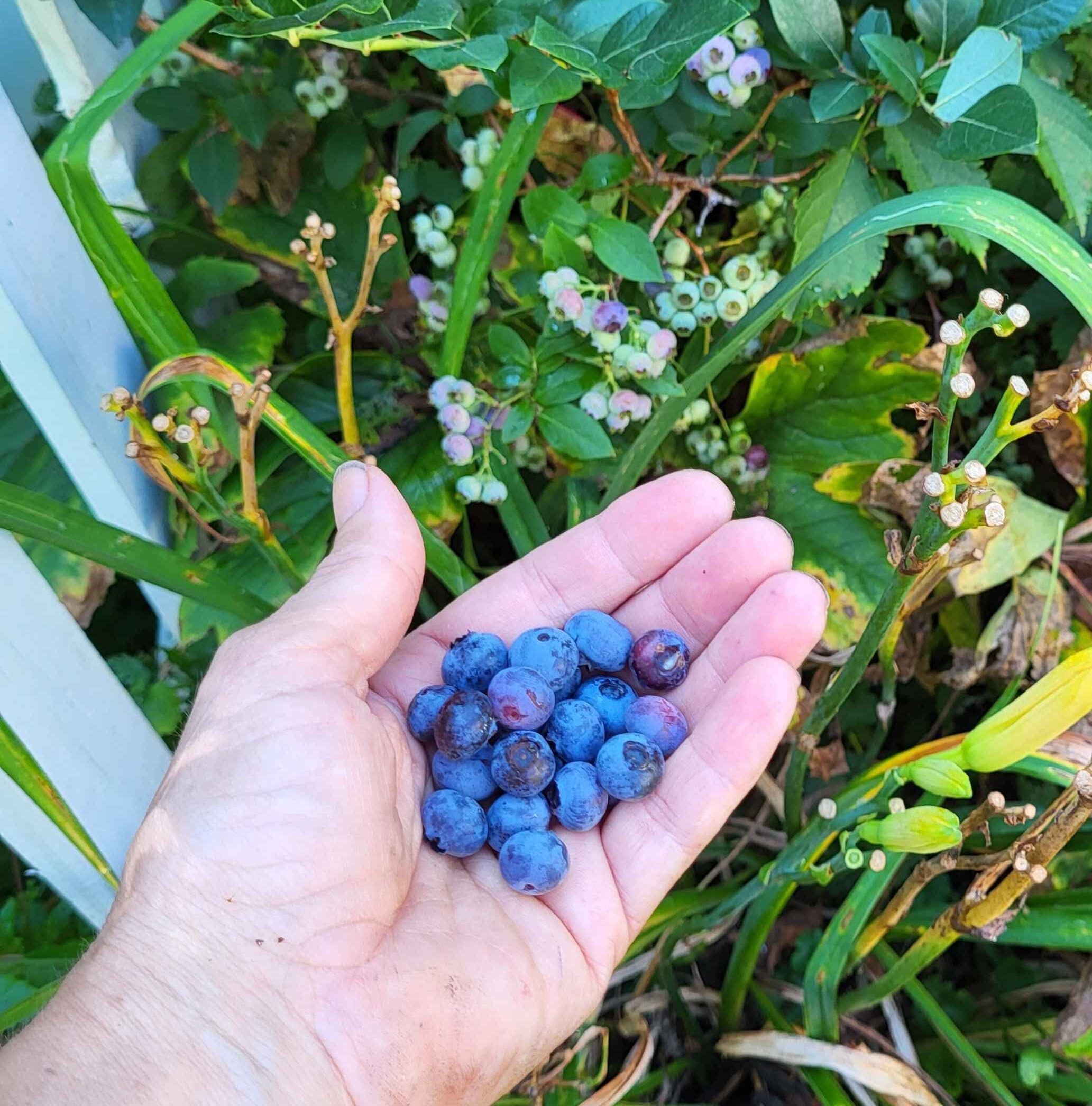Sharing With the Wildlife That Lives Here Too
Healthy forests are home to a variety of animals which interact with a rich diversity of plant life in our landscapes. The combination of these elements create a community. Most of us, you would agree, like ‘community’, per se. Even ‘in town’, our food gardens exist within this larger forest realm. The separation between the two spaces, garden and forest, both containing wildlife and plants, is fluid. In Keene, we see bears and bobcats regularly crossing our streets, squirrels romping through the trees, butterflies and birds flying in our yards. How then, do we decide which of this wildlife to welcome and support? How do we humanely allow for their families’ important existence in our landscapes? Particularly in this season, how can we entice them away from our food gardens?
Which Wildlife?
The Gathering Waters Charter School’s (GWCS) fifth graders and I explored several questions on this topic. Who are the wildlife that come to our gardens? What are the ways that we can deter those that want to eat the food that we are growing for our families? We began with the assertion that wildlife are best respected by providing only the food that they find in the wild, without putting anyone in danger. Bird feeders, for one example, entertain us by attracting birds. But bird feeders also endanger hungry bears who are tempted by easy access to a concentrated food source. When was the last time you were able to resist a table of free, yummy treats?
Distracting Local Critters
Many others have discussed ways to exclude wildlife from our food gardens. Let’s look first at a long lasting, decorative and frugal approach for luring these animals away from our food gardens. Bonus, these also feed and care for our wildlife community members. Instead of keeping and managing birdfeeders, we can instead plant native shrubs in clusters. We can locate these shrubs some distance from our food gardens and, with ease, have multiple benefits! Berry shrubs can distract wildlife from our food gardens and provide wildlife sustenance every year for decades, with ease and safety; another three-fer’!
Berry Bushes
Let’s start by exploring two of my favorite shrubs that are native to our region. Blueberries are adapted to our weather conditions and our acidic, thin soils. They don’t mind the blinding sunshine that many of us have in our landscapes. While their tiny white flowers in spring are modest to us, blueberry flowers provide an important source of nectar and pollen to native, bumble and honey bees. Butterflies, moths, and beetles also help to pollinate blueberry flowers, but researchers at Michigan State University have shown that bumblebees are the most effective pollinator for blueberries’ notoriously heavy pollen. They offer berries for both us and wildlife! Blueberries feed a wide range of wild mammals in the summer, squirrels, raccoons, deer, and chipmunks.
Lowbush Blueberry, Vaccinium angustifolium, grows 18 – 24” tall and spreads up to 3’ wide. Whereas a taller, Highbush Blueberry, Vaccinium corymbosum, grows 3-8’ tall and spreads 3-7’ depending on growing conditions. Both plants are classified as shrubs but I use the Lowbush Blueberry as a groundcover in areas that are farther away from a home’s foundation. I do this because blueberry plants are not lush. They are craggy, like the mountains where they grow wild. That said, I find that their fiery red, orange and purple fall leaves add enough to their multiple ecological benefits to merit their presence in many home landscapes.
Easy Barrier
My GWCS students and I chose to limit our deterrence to 1” chicken wire fencing. This type of fencing is easy to install with metal fenceposts. It’s also a particularly effective way to repel the rabbits, squirrels and woodchucks that are most likely to help themselves to the beans, corn and squash the children are growing.
More Shrubs for Beauty & Wildlife to Come
Next month we’ll look at more native shrub options. These one-time additions to our landscapes provide myriad benefits as well as deterrents to the wildlife that enhances the health of our community.
RESOURCES: https://bee-health.extension.org/pollinating-highbush-blueberries/
As printed in the July 9-15 edition of the Monadnock Shopper News: https://shoppernews.com/shopper-news/july-9-15-2025/

